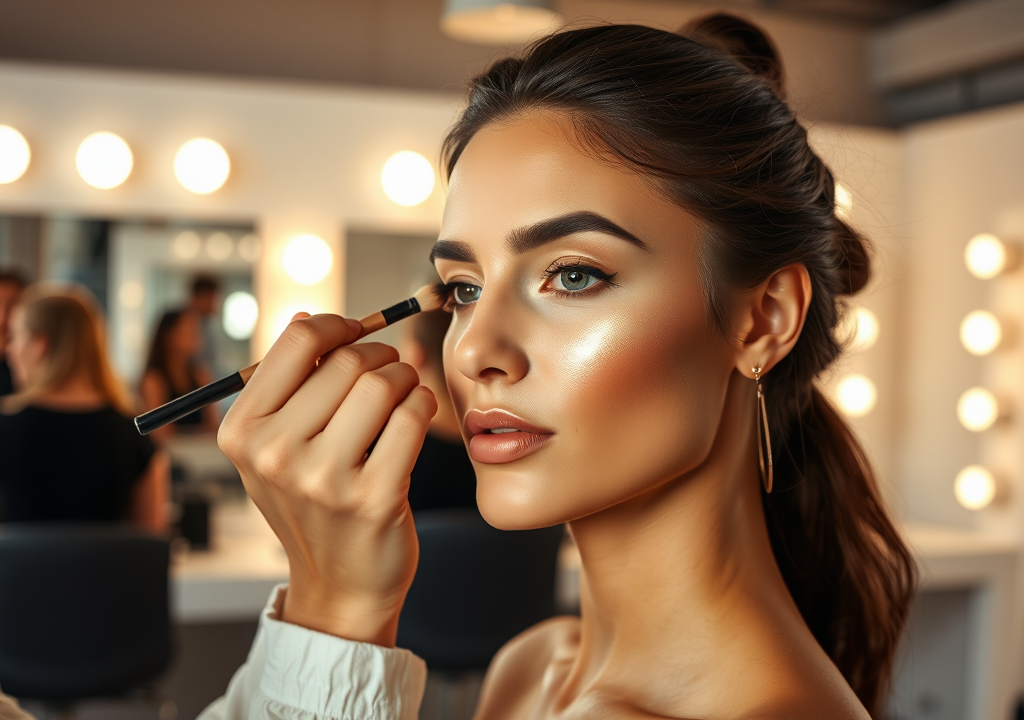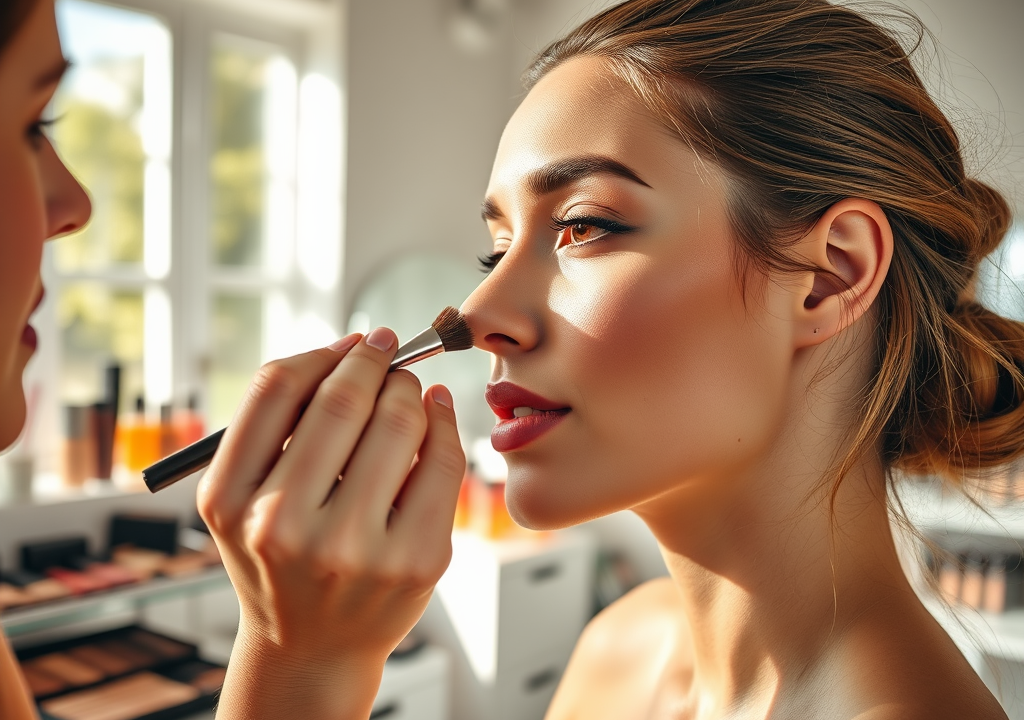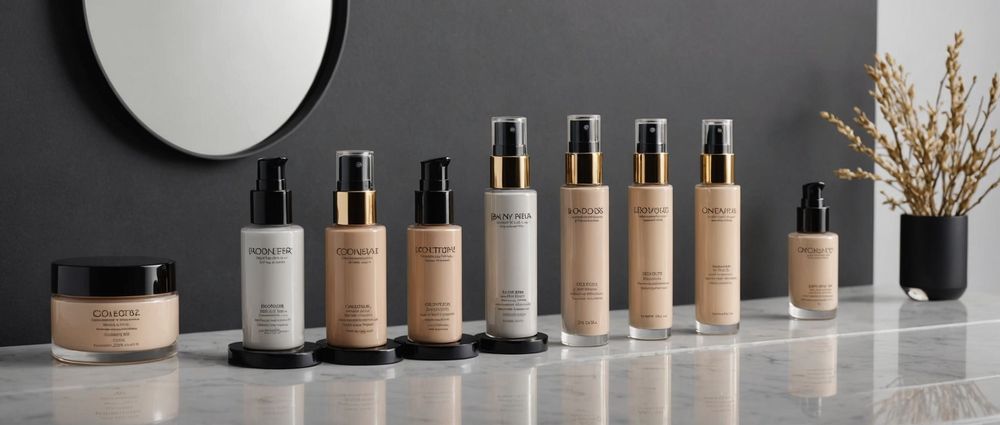Choosing between powder and liquid foundation can significantly impact your makeup routine and overall look. Both types have unique characteristics that cater to different skin types and personal preferences. This article aims to help you identify which foundation might be the best fit for you, considering factors like skin type, coverage, and convenience. By the end, you’ll be well-equipped to make an informed decision that enhances your natural beauty.
Understanding Your Skin Type

Your skin type plays a crucial role in determining whether powder or liquid foundation is best for you. It’s essential to identify whether you have dry, oily, combination, or sensitive skin. Each skin type has specific needs that each foundation type can address differently. For example, if you have dry skin, a liquid foundation might offer the moisture and hydration you need, while powder could highlight dry patches. On the other hand, those with oily skin may benefit from the oil-absorbing properties of powder foundation. Recognizing your skin type is the first step toward picking your ideal foundation.
The Coverage: Full vs. Sheer

Coverage is one of the most significant factors to consider when choosing between powder and liquid foundations. Liquid foundations typically provide a range of coverage options from sheer to full, making them versatile for various makeup looks. They easily blend into the skin and can be built up for desired coverage. In contrast, powder foundations generally offer lighter coverage that’s often easier to apply and blend for a more natural appearance. Here’s a breakdown:
- Liquid Foundation: Ideal for those seeking full coverage or buildable options.
- Powder Foundation: Perfect for a light, natural look or quick touch-ups throughout the day.
- Long-Wearing Liquid: Offers longevity and can be sweat- or humidity-resistant.
- Setting Powder: Often used in conjunction with liquid foundations to set makeup in place.
Understanding what coverage you desire will help guide your choice effectively.
Application and Convenience
Application methods and the convenience of each foundation type should also weigh heavily in your decision. Liquid foundations generally require a bit more effort, as they often necessitate brushes, sponges, or fingers to apply evenly. Their formula usually provides a flawless finish when blended correctly. Conversely, powder foundations are typically easier and quicker to apply, making them a perfect choice for those on-the-go or those who prefer a minimalist makeup routine. A simple swipe of a brush can deliver an even tone without the need for extensive blending. Here are some key points to consider:
- Liquid: May require additional tools (brushes, sponges).
- Powder: Usually applied with just a brush, making it quicker and simpler.
- Liquid: Can be layered for more coverage but requires careful application.
- Powder: Best for light to medium coverage, ideal for touch-ups.
Your lifestyle and how much time you want to dedicate to makeup application can guide your choice here.
Skin Concerns and Formulations
The specific skin concerns you may have, such as acne or sensitivity, can also influence your foundation choice. Liquid foundations often offer a broader range of formulations, including options that cater to anti-aging, acne-prone, or sensitive skin. Many liquid foundations now include skin-care ingredients that provide additional benefits, such as hydration or acne-fighting properties. Conversely, powder foundations may be better for those with oily skin, as many formulations contain matte finish properties to control shine. Here’s what to consider:
- Sensitive Skin: Liquid foundations can be more hydrating and contain skincare ingredients.
- Oily Skin: Powders often provide a matte finish and help absorb excess oil.
- Acne-Prone Skin: Look for foundations labeled as non-comedogenic.
- Dry Skin: Liquid formulations tend to offer additional moisture.
Keep your skin concerns in mind to find a formulation that suits you best.
Conclusion
Choosing between powder and liquid foundation ultimately comes down to personal preference, skin type, and desired coverage. Liquid foundations may appeal more to those seeking versatility and higher coverage, while powder foundations are ideal for a quick, lightweight application. Being mindful of your skin concerns and understanding your makeup routine will help you make the right decision. The perfect foundation is out there; it’s just waiting for you to find it!
FAQs
- 1. Can I mix powder and liquid foundation?
- Yes, you can mix both to achieve a unique texture and coverage. However, be cautious as the results may vary and don’t always blend seamlessly.
- 2. Is powder foundation suitable for dry skin?
- Since powder foundation can emphasize dryness, it’s usually not the best choice for dry skin unless it is specifically formulated for hydration.
- 3. How do I know which shade to pick?
- Ответ lways swatch foundations on your jawline in natural light to find the perfect match for your skin tone.
- 4. Can I use powder foundation for a night out?
- Yes, but if you’re looking for a more polished look, consider liquid foundation for fuller coverage and then set it with powder to ensure longevity.
- 5. How do I apply both foundations effectively?
- If using both, apply liquid first and set it with powder – this will help smooth out the texture while providing a matte finish.





